Live Charts
/
silver
Live silver Price
Bid
37.09
+0.23 (+0.64%)
Ask
37.21
ounce
37.09
+0.23
gram
1.19
+0.01
Kilo
1,192.49
+7.56
pennyweight
1.85
+0.01
tola
13.91
+0.09
tael
45.07
+0.29
36.82
37.26
Day's Range
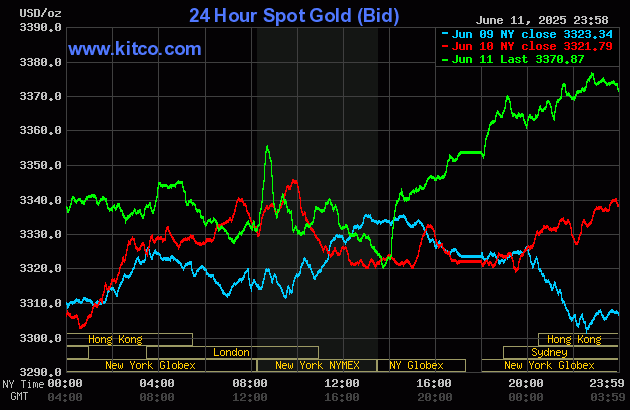
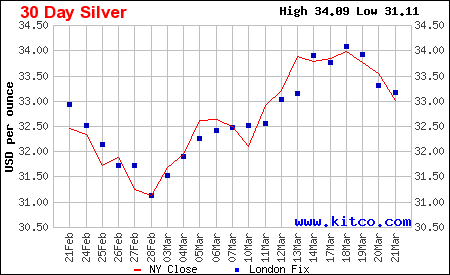
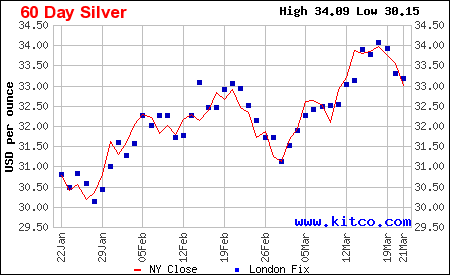
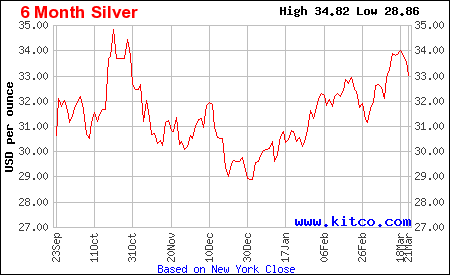
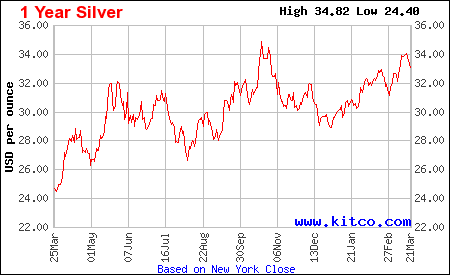
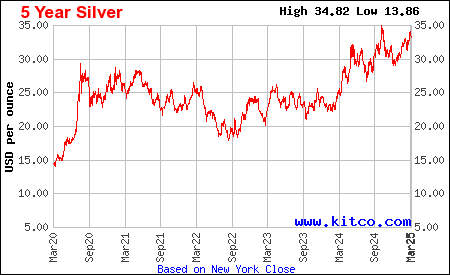
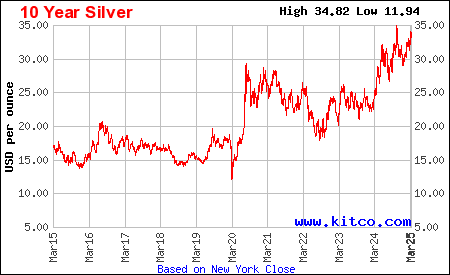
ounce
37.09
+0.23
gram
1.19
+0.01
Kilo
1,192.49
+7.56
pennyweight
1.85
+0.01
tola
13.91
+0.09
tael
45.07
+0.29






